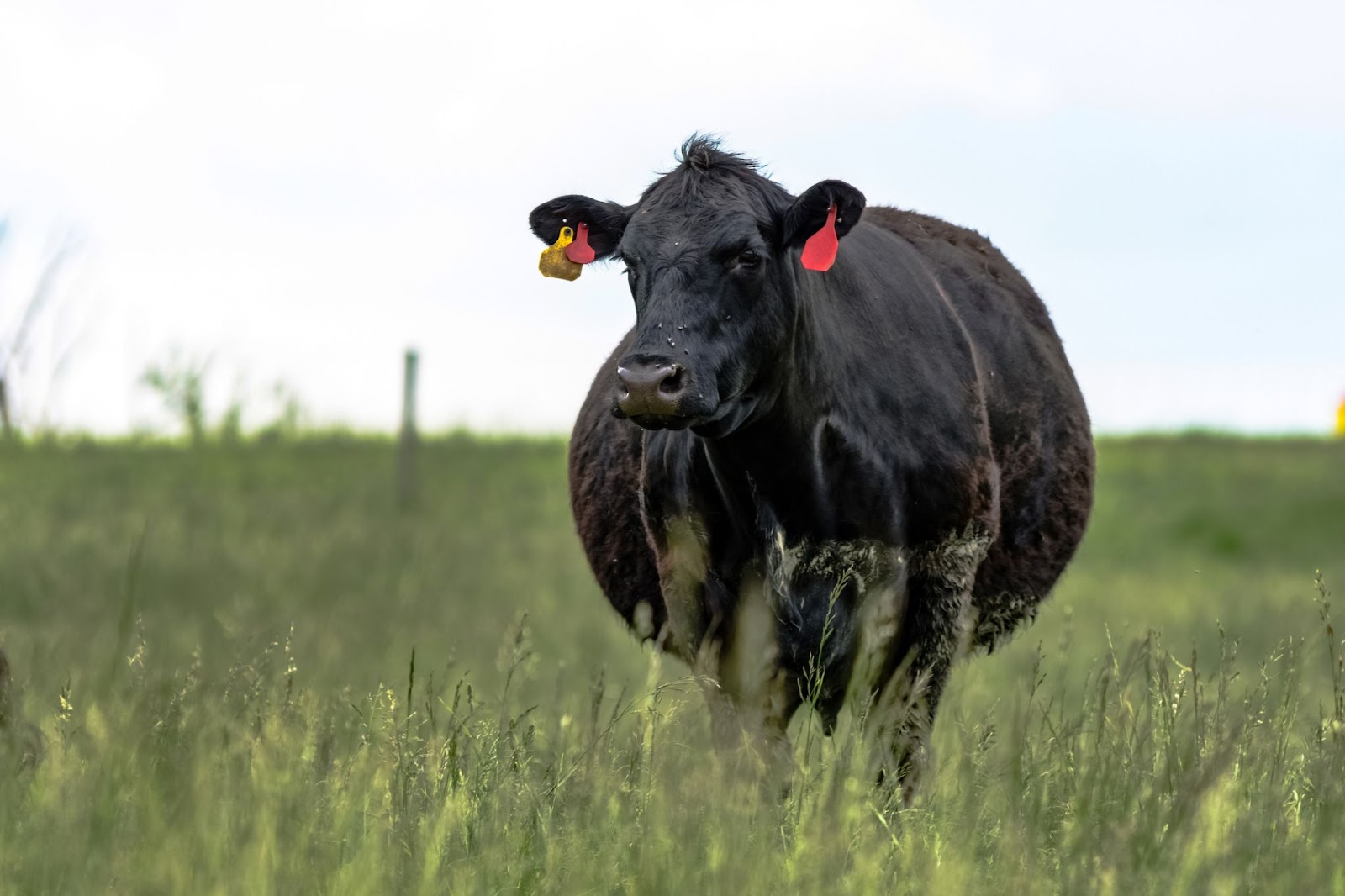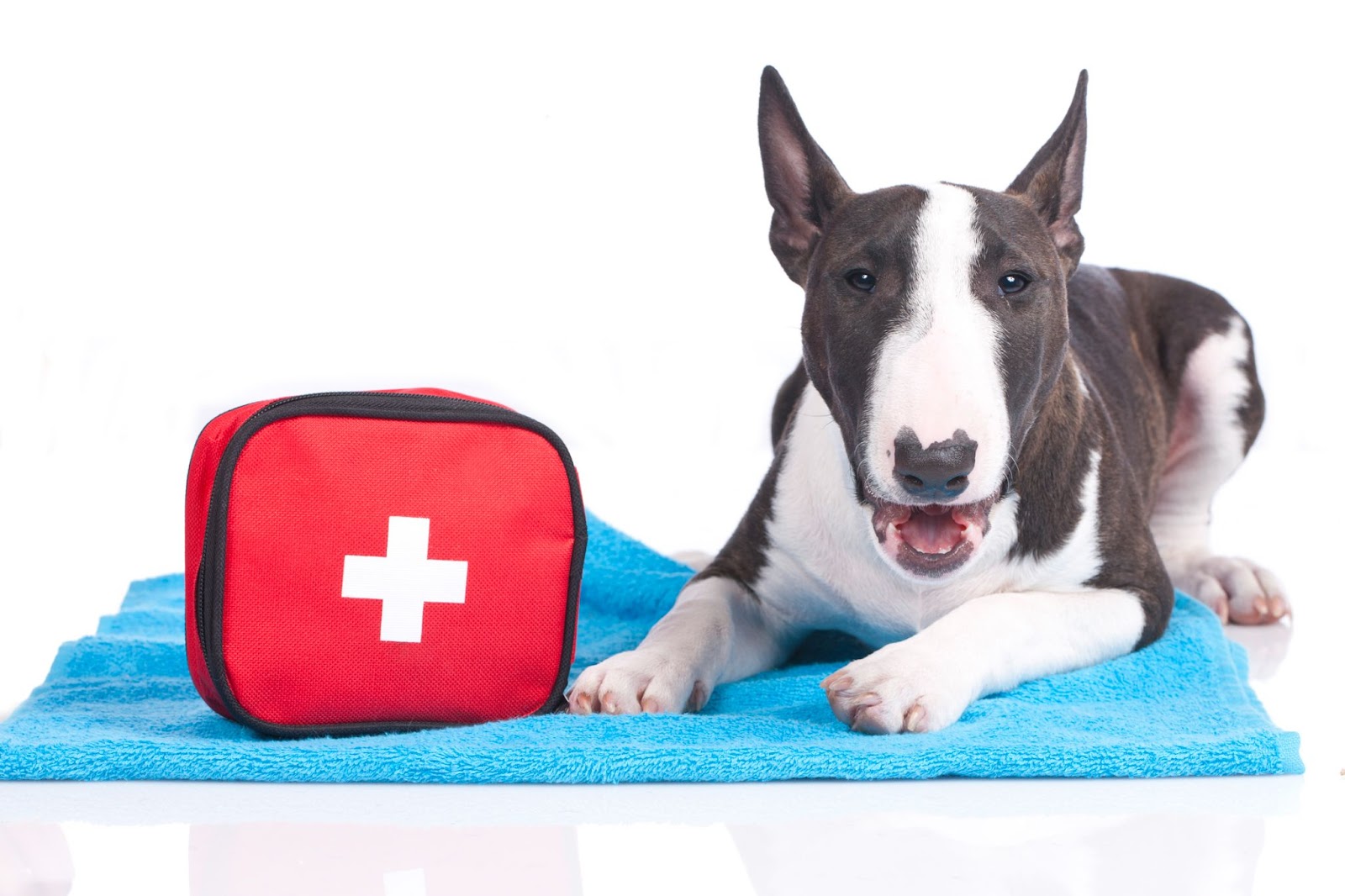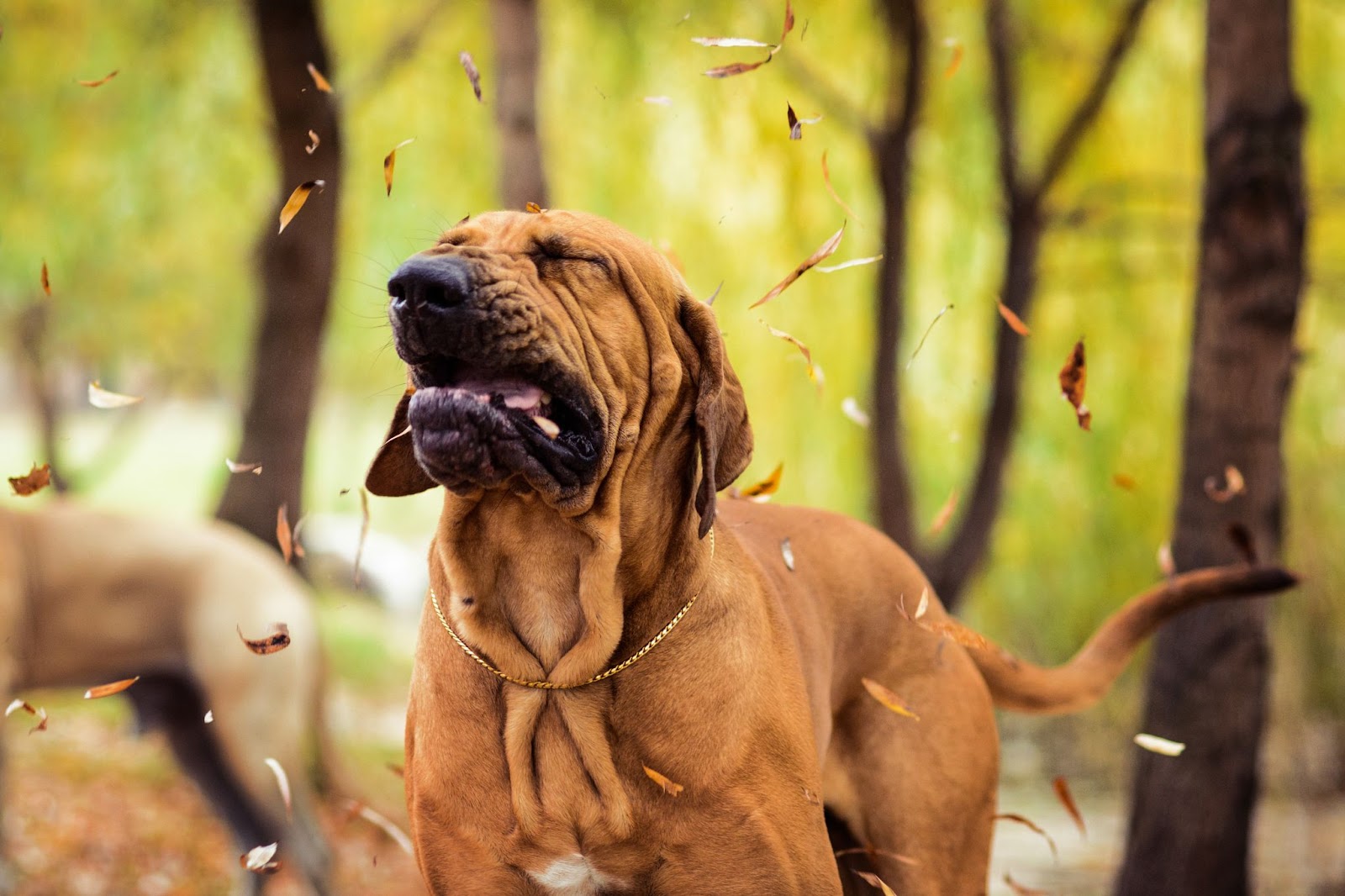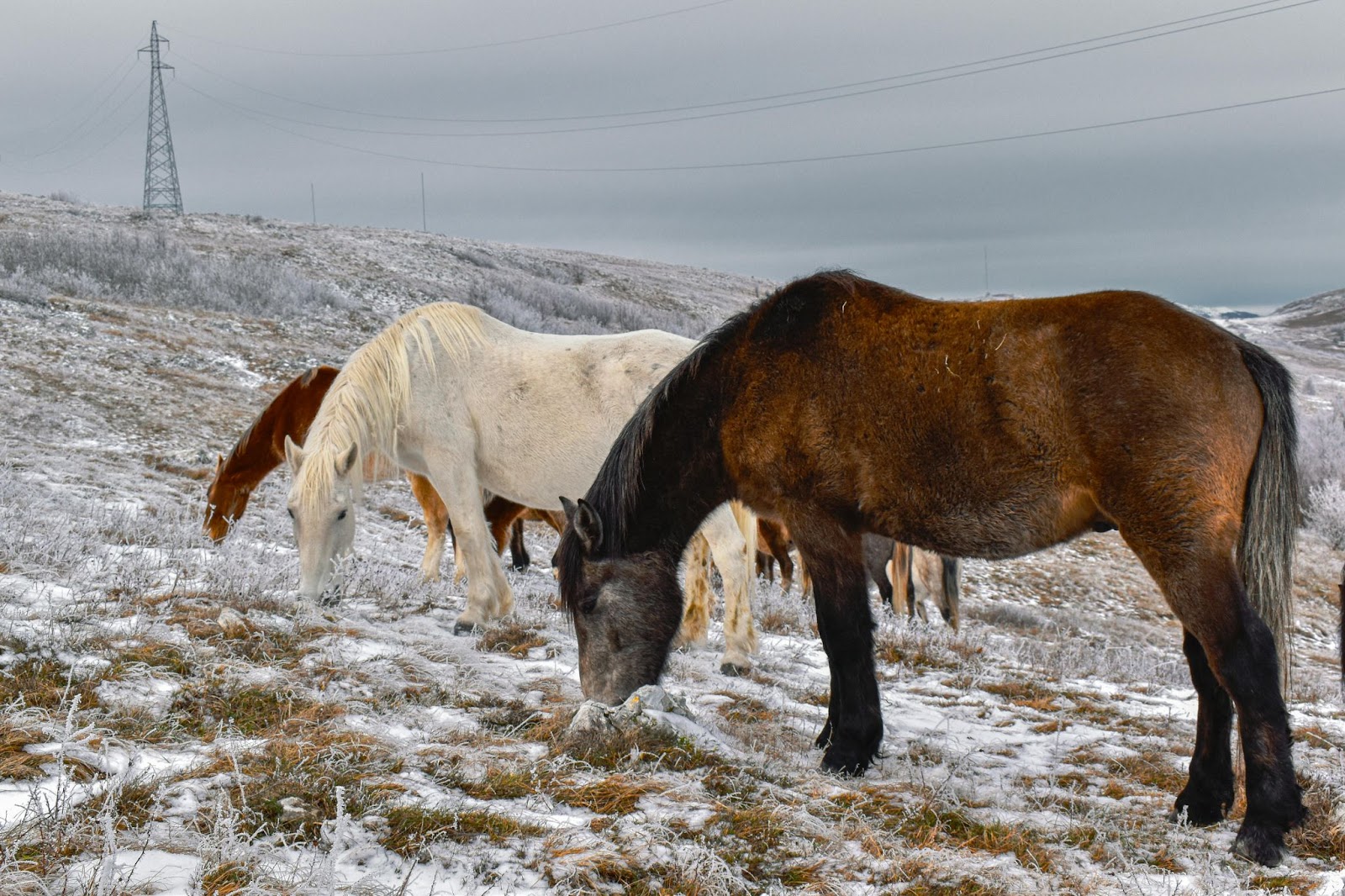As winter sets in, livestock ranchers face a range of challenges in ensuring that their herds remain healthy and productive during the colder months. From managing nutrition and providing adequate shelter to timing breeding and preparing for emergencies, winter care requires careful planning and attention to detail. With the right approach, however, ranchers can not only protect their animals from the harsh conditions but also enhance their breeding success and the overall health of their herds.
At Sinton Vet Clinic, we are here to support you every step of the way. Whether you need advice on nutrition or assistance with breeding management, don’t hesitate to reach out to our experienced team at (361) 364-4551 for personalized care and guidance.
1. Ensure Proper Nutrition
During the winter months, the cold is very demanding of our livestock’s bodies, heavily affecting our heifers. When combined with the energy requirements for pregnancy, the body’s need for more calories can feel like an uphill battle for cattle ranchers. Providing a well-balanced diet is crucial for reproductive success, so keep an eye out for these:
- High Quality Feed: Ensure that breeding animals have plenty of access to high-energy feed. This feed helps the cows to maintain their body condition.
- Supplements: Consider mineral and vitamin supplements, particularly selenium, vitamin E, and calcium (all of which are essential for reproductive health).
- Changes in Body Condition: Regularly check the body condition of breeding animals. Underweight animals may struggle with fertility, while overweight animals are at risk for complications during pregnancy.
Our Sinton Vet team is more than happy to provide you with specific advice about your cattle’s nutrition, just give us a call at (361) 364-4551!
2. Provide Adequate Shelter
During winter, proper shelter becomes critical in protecting your livestock from the harsh elements. The heavy precipitation, gusts of wind, and chilling temperatures can cause a great deal of stress to our cattle, impacting their fertility. As a livestock rancher, your herd’s productivity can correlate directly to the level of shelter you provide, which is why you should focus on these key aspects:
- Warm, Dry Bedding: Use straw or a similar material to keep the animals comfortable and dry, no matter the conditions outside.
- Ventilation: Ensure any shelters are well-ventilated to prevent respiratory issues while avoiding drafts.
- Space: Provide sufficient space for animals to move freely, reducing the risk of injuries during breeding and pregnancy.
3. Manage Breeding Timing
Planning the timing of breeding is essential to ensure that offspring are born during favorable conditions, which can be achieved through careful consideration of various factors. Utilizing estrus synchronization techniques helps optimize breeding schedules by aligning the reproductive cycles of livestock, making it easier to manage large herds and increase pregnancy rates within a set timeframe. This approach also reduces the workload associated with monitoring individual animals and ensures that births are more predictable and safe.
Additionally, understanding and adjusting to the natural breeding cycles of animals, particularly in response to seasonal changes, is crucial for improving the chances of successful births. Environmental factors such as temperature, daylight hours, and food availability can impact fertility, so aligning breeding with favorable conditions maximizes productivity. Breed selection also plays a significant role, as choosing breeds with higher cold tolerance or a history of successful winter breeding can further enhance the likelihood of producing healthy offspring during challenging weather conditions.
If you are unsure or have questions about your cattle’s breeding, do not hesitate to contact Sinton Vet Clinic’s amazing team of equine professionals!
4. Monitor Health Closely
When choosing which animals to breed, it is important to look for key indicators of a healthy cow or bull as healthy animals are more likely to breed successfully and carry pregnancies to term. From buying the stud to helping the heifer deliver, it is important to accomplish these health checks:
- Pre-Breeding Check-Up: Team up with trusted equine veterinarians to conduct veterinary exams that ensure any animal involved is in optimal condition.
- Vaccinations: Keep vaccinations up to date to prevent the spread of diseases that could affect reproduction.
- Parasite Control: Working with your vet team, determine and implement a parasite management plan to maintain the overall health of your breeding animals.
If you have any concerns about the health of your herd, call (361) 364-4551 and our Sinton Vet team would be more than happy to help!
5. Maintain Proper Lighting
Light plays a significant role in the reproductive cycles of many livestock species, influencing their biological rhythms and fertility. When natural light is insufficient, especially during shorter days in winter, installing artificial lighting can help simulate longer daylight hours to promote more regular breeding patterns. Maintaining consistent lighting is crucial, as fluctuations in light exposure can disrupt animals’ internal clocks, leading to irregular reproductive cycles and reduced fertility.
Additionally, proper lighting management can improve animal health and welfare by reducing stress levels, which in turn supports better reproductive outcomes. By managing light conditions effectively, ranchers can optimize breeding schedules and improve overall productivity in livestock operations.
6. Use Technology and Record-Keeping
In this day and age, technology can make winter breeding more effective and efficient by improving both accuracy and organization. Heat detection tools, such as activity monitors or thermal imaging devices, help identify when females are in heat, ensuring breeding occurs at the optimal time. These tools reduce guesswork and increase the chances of successful conception, even during challenging winter conditions. Detailed record keeping is equally important, as maintaining organized logs of breeding dates, health checks, and expected due dates allows farmers to track progress and plan accordingly.
Additionally, scheduling ultrasound scans helps confirm pregnancies early, providing valuable insights into fetal development and allowing for timely intervention if any issues arise. By integrating these technologies, farmers can enhance the success rate of winter breeding while minimizing risks and inefficiencies.
7. Plan for Emergencies
Winter weather can be unpredictable, especially here in Texas, making it essential to have contingency plans in place to protect both livestock and operations. Ensuring backup power for heating systems and lighting is crucial to maintain a safe and stable environment for animals during power outages. Sudden drops in temperature or prolonged storms can disrupt routines, so having emergency supplies such as extra feed, bedding, and medical essentials on hand is vital to prevent shortages and keep animals healthy.
It’s also important to establish a transport plan in case animals need to be taken to a veterinarian for emergencies, as road conditions can become hazardous during winter storms. By preparing for unexpected weather events, farmers can reduce risks and ensure the safety and well-being of their livestock throughout the season.
8. Focus on Sire Selection
The choice of sires can significantly impact breeding success and offspring quality, making it a critical factor in achieving long-term herd improvement. A well-chosen sire can enhance desirable traits in the next generation, such as growth rates, fertility, and disease resistance, while also minimizing genetic issues. To make informed decisions, it’s important to consider several key factors when selecting sires for your breeding program, including:
- Genetic Quality: Select sires with desirable traits and proven fertility to pass onto the next generation.
- Health Screening: As mentioned before, these health checks ensure that sires are healthy and free of genetic defects or diseases.
- Performance Records: Review performance data to choose sires that align with your breeding goals.
9. Prepare for Births
Preparing for the arrival of offspring is just as important as the breeding process itself, as it ensures the safety and health of both the mother and her newborns. One crucial step is assembling birthing kits, which should include essentials such as clean towels, iodine for the umbilical cords, and a reliable heat source to provide warmth during delivery. Setting up dedicated calving pens is also vital, as these separate areas help maintain cleanliness and offer a safe environment for both the mother and the newborns.
Additionally, close observation of pregnant animals, particularly as they approach their due dates, is necessary to catch any potential complications early, especially in harsh winter conditions where additional risks are common. By carefully preparing for the birth, farmers can help ensure smooth deliveries and healthy offspring.
Preparing Your Herd for Success
Winter breeding presents unique challenges that require thoughtful planning and attention to detail. By ensuring proper nutrition, providing adequate shelter, managing breeding timing, and closely monitoring health, livestock ranchers can keep their herds healthy and productive throughout the colder months. Utilizing technology, maintaining proper lighting, planning for emergencies, and focusing on sire selection are also essential strategies for improving breeding success and offspring quality. Preparation for the birth of offspring is just as critical to ensure smooth and safe deliveries. With the right approach and careful management, ranchers can thrive even in the harshest winter conditions.
If you need support or have questions about any of the strategies mentioned, the team at Sinton Vet Clinic is here to help. Don’t hesitate to contact us at (361) 364-4551 for expert guidance tailored to your herd’s specific needs. Let us help you ensure a successful and productive winter breeding season!





